Best Anti-Inflammatory Foods
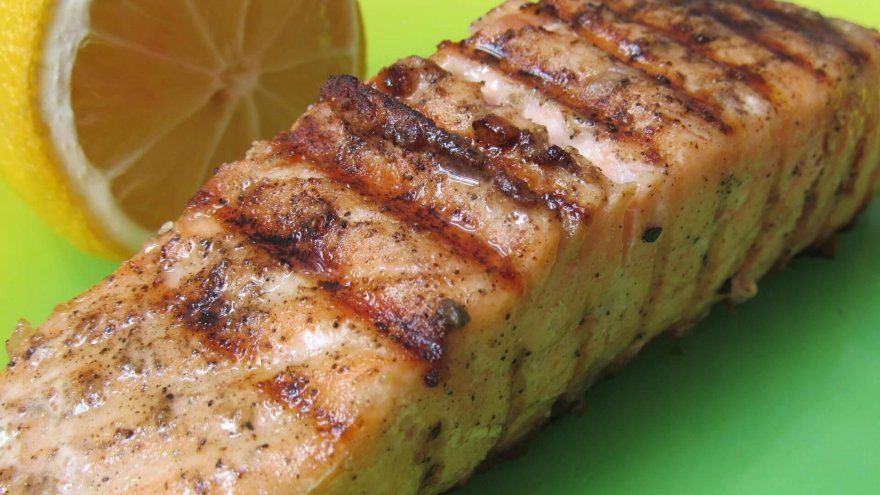
“Let food be the medicine,” said the great physician Hippocrates. These wise words have carried through the ages, and while we may not always follow this advice, it doesn’t mean that it is impossible to incorporate even the tiniest amount of health into our lives to boost our well-being.
A great place to begin uplifting your health is by consuming more anti-inflammatory foods in your diet. But the question is, why anti-inflammatory foods? What’s all of this fuss for?
Like swelling around a small cut on your finger, acute inflammation helps you fight pathogens from entering a wound. Thus, a little inflammation is necessary to keep you healthy. On the other hand, chronic inflammation has been linked to negative outcomes such as neurological disorders, acne, and athletic injuries.
If you begin to incorporate the foods we have listed here into your daily diet, you will begin to ward off inflammation. All of the foods on our list are tasty and come directly from nature. You can prepare them however you would like and begin reaping the results they will bring you.
We have taken a lot of time to find the top 15 best foods for inflammation. Nature offers so many options that it was difficult to narrow it down to just a handful! All of the foods we have chosen will be a tasteful addition to your diet and help you fight the dreaded symptoms of inflammation.
Easy To Find Anti-Inflammatory Foods
Berries and Cherries

Berries have plentiful amounts of phytonutrients known as anthocyanins. Strawberries, raspberries, and cherries are especially high in anthocyanins 1 and 2, which pack a double punch. One cup of fresh strawberries has 49 calories, 0 fat, 12 grams of carbs, 7 grams of sugar, and 1 gram of protein.
Berries are known for their sweetness and can be eaten plain, with your favorite yogurt, or even in a salad. Their versatility is endless. Cherries come in different varieties, and some are tarter than others. Berries like strawberries, blueberries, raspberries, and blackberries are regulars in the produce department. Buy them in the season to save a little money. Cherries can be a little harder to come by and are usually a little more expensive.
Green Leafy Vegetables
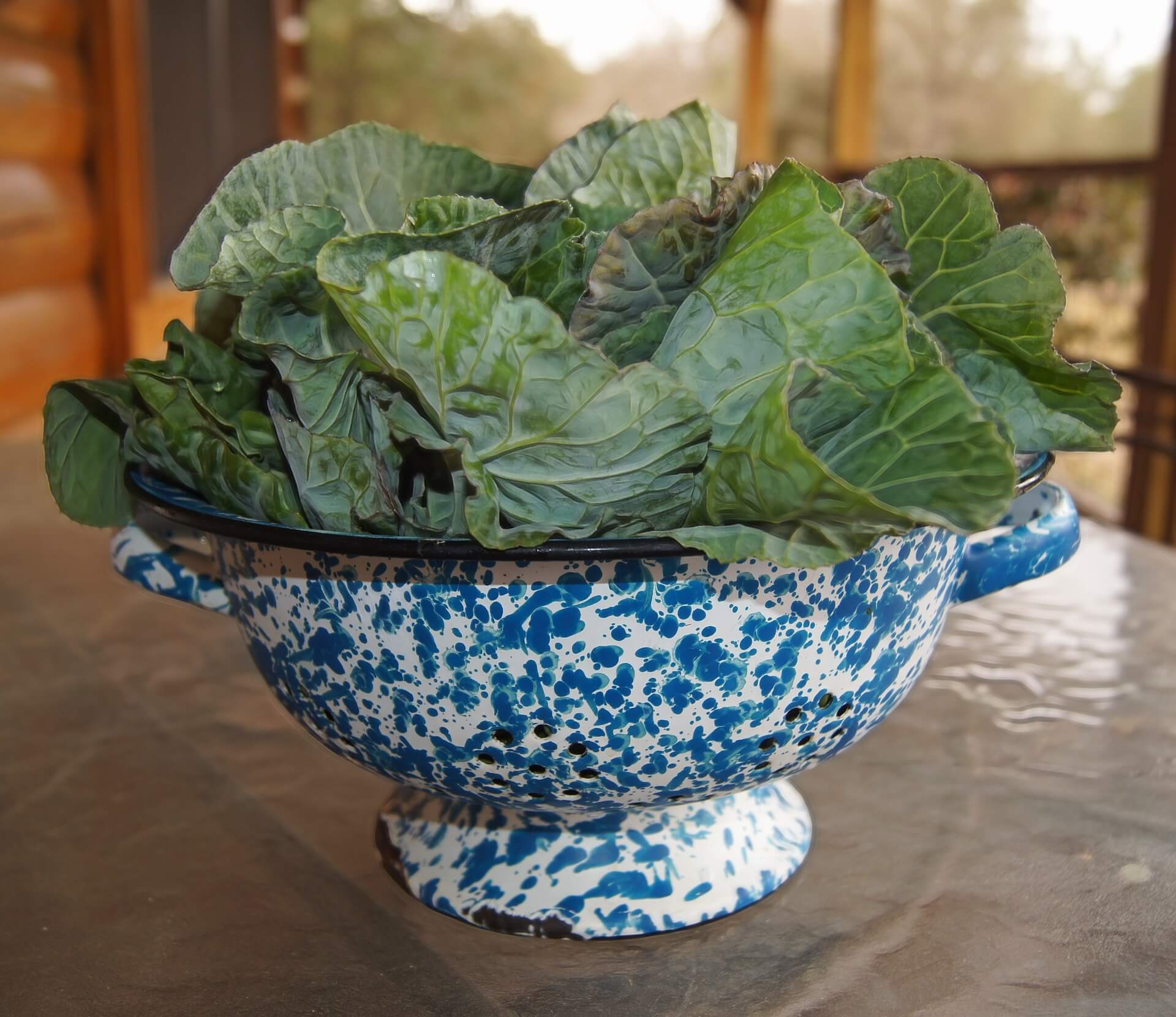
According to studies, packing your fridge with as many leafy greens as possible cannot harm you and will enhance your antioxidant intake greatly.
One example of a leafy green that is packed with nutrition is Swiss Chard. Not only does it come high in antioxidants, but it boasts vitamin A, K, and C. Leafy greens are always delicious when cooked up within a stirfry, aside from a piece of fresh fish, or even blended in a smoothie.
Leafy greens vary in cost; however, they can be very inexpensive if you buy them from certain fresh markets. If you opt for a fancier, high-end organics shop, you may be paying a touch more. It truly depends on where you go shopping. Farmer’s markets are great places to go for them. And you can usually talk to the farmers to learn how they grow the greens.
In essence, money isn’t the only form of green that brings positive currency. Leafy greens boast outstanding amounts of antioxidants through flavanoids.
Broccoli
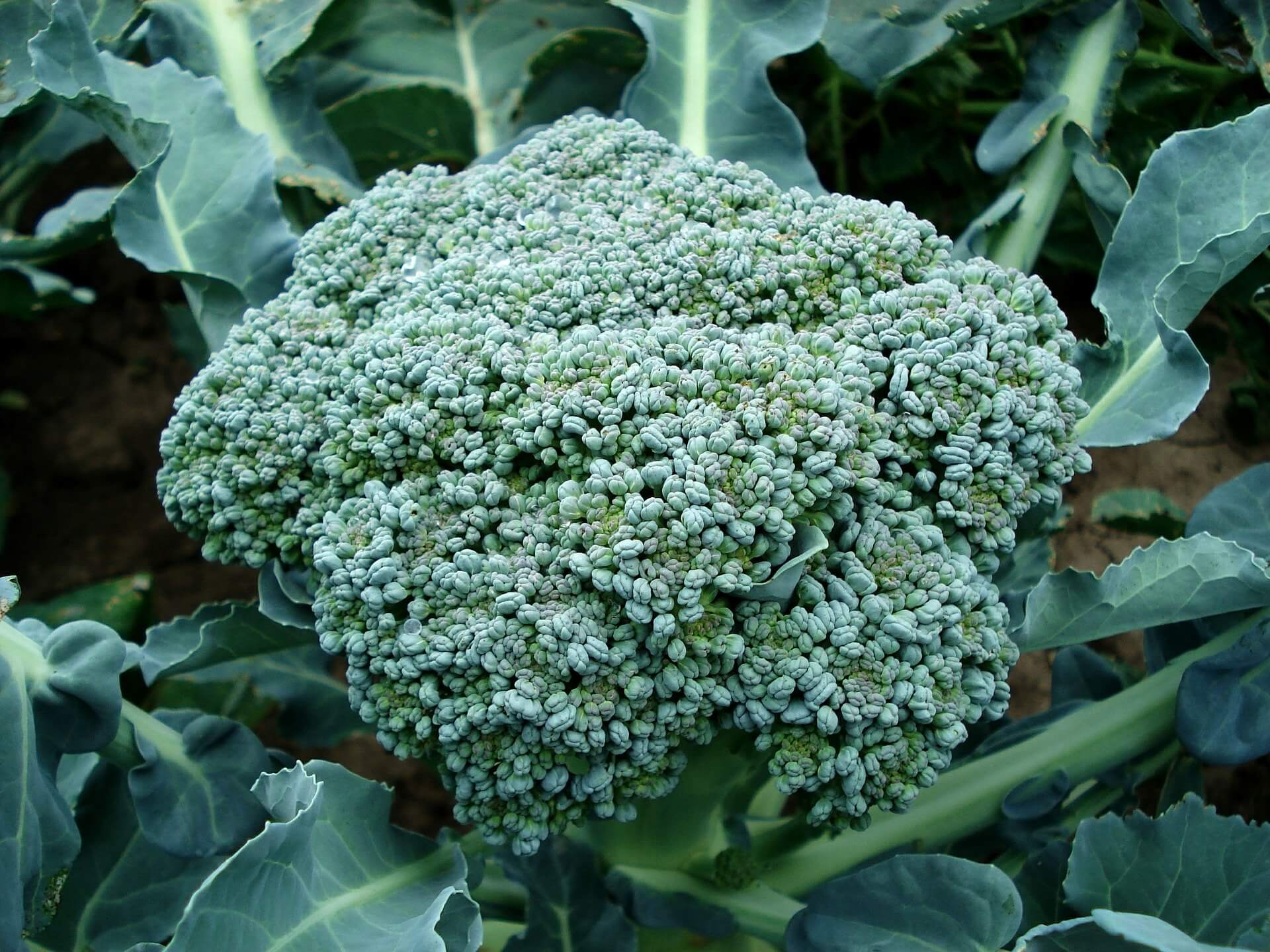
Broccoli is high in phytonutrients, especially sulforaphane. Sulforaphane also fights carcinogens. One cup of raw broccoli has 31 calories, 0 fat, 6 grams of carbs, 2 grams of sugar, and 3 grams of protein.
Broccoli is commonly found in your local grocer’s produce department and can easily be grown at home. It can be eaten raw or cooked, with most people pairing it with hummus, cheese, or another topping of the like. Broccoli is inexpensive, and its versatility really gives it a bang for your buck.
Hemp Seeds

Hemp seeds contain all 20 amino acids. The high ratio of essential fatty acids in hemp seeds is what makes them such a strong super-food. In addition, studies have found that hemp seeds are especially effective in fighting symptoms of pain as well in people with both muscular and skeletal inflammation.
A ½ ounce serving of hemp seeds has 87 calories, 7 grams of fat, 1 gram of carbs, 0 grams of sugar, and 6 grams of protein. Hemp seeds can be found in your grocer’s health food section or at a health foods specialty store. They can be sprinkled onto your favorite yogurt or salad, mixed into a granola bar or cookie recipe, or can be ground into a versatile flour. They give your foods a little crunch (if eaten whole) and have a taste similar to a sunflower seed. Hemp seeds are more expensive than sunflower seeds but are not unaffordable.
Avocado
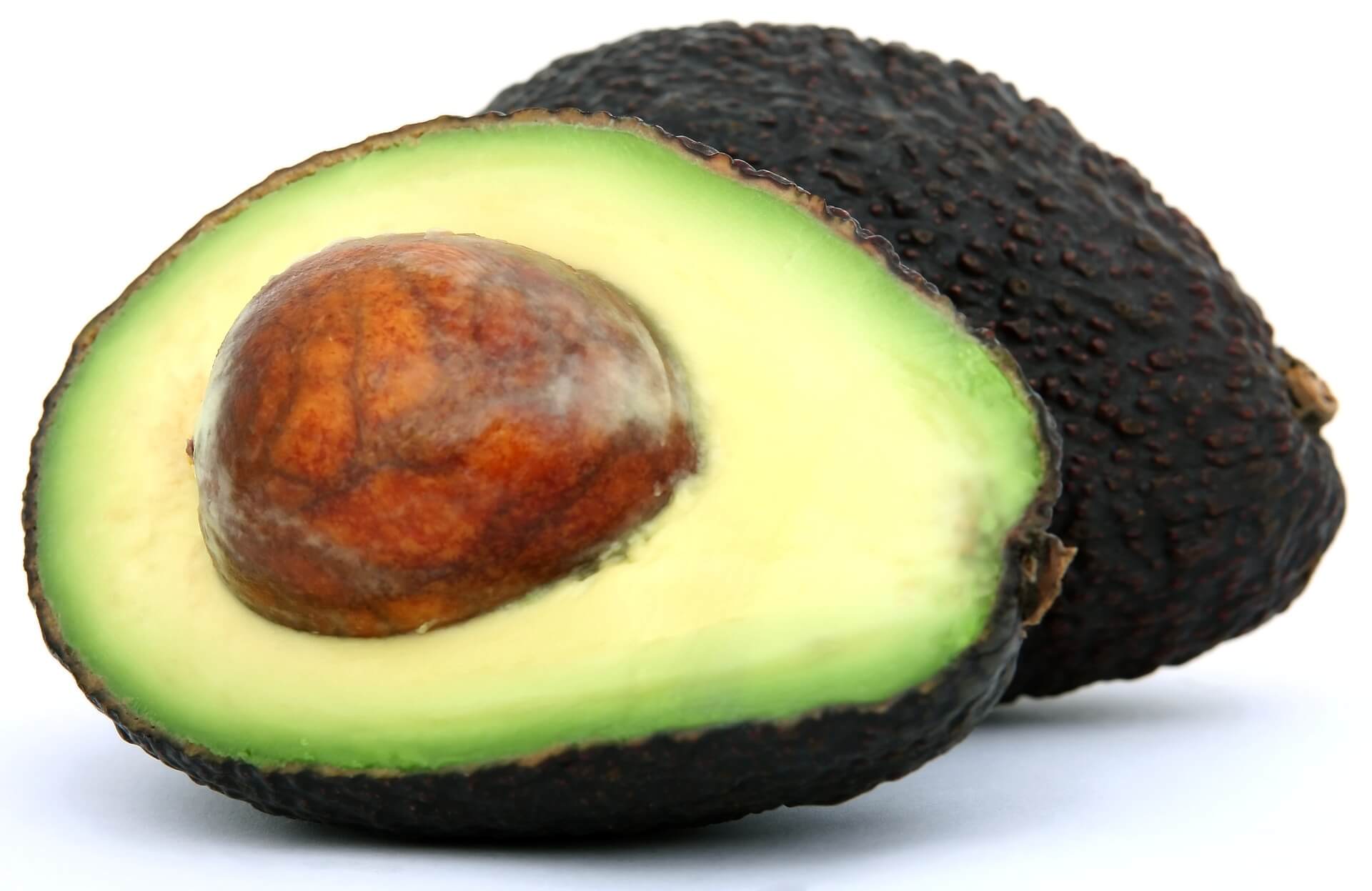
Avocado is rife with Persenone A, which fights the inflammation-causing chemicals inducible nitric oxide synthase and cyclooxygenase. Studies have also found that avocados can help fight side effects related to cancer. A 3.5 ounce serving of avocado has 120 calories, 10 grams of fat, 8 grams of carbs, 2 grams of sugar, and 2 grams of protein.
Avocados are found in most grocery stores, are growing in popularity, and are a highly versatile fruit. They can be eaten plain, as a spread, on a salad, or even as a base for desserts, like pudding. They can take a little while to ripen if you purchase them while they are rock hard. Avocados are a fairly inexpensive fruit, especially since a little avocado goes a long way.
Tomato
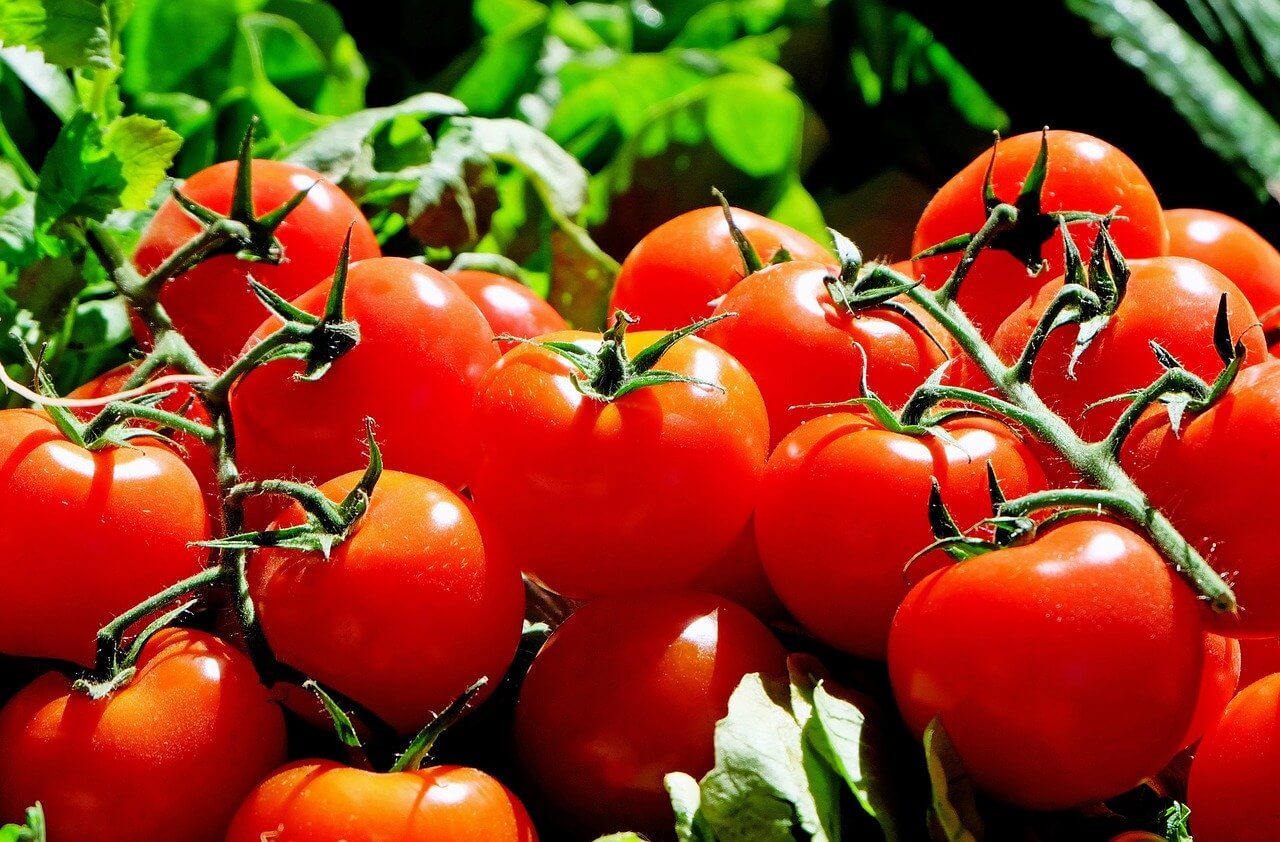
Tomatoes are one of the best anti-inflammatory foods. They are tasty, pair with almost anything, and most people like them! In addition, tomatoes are rich in lycopene–which helps you fight depression and protects and prevents inflammation in the brain. This antioxidant is found in the skin of the tomato, so it is important to consume it for maximum benefits.
Not all tomatoes taste the same–some are a little bland, others are sweet, and some are tart. You have a variety to choose from to please your personal choice! It is important to note that cherry tomatoes are the best option because you don’t have to cut them up, so you don’t lose any Lycopene found in the skin.
Walnuts
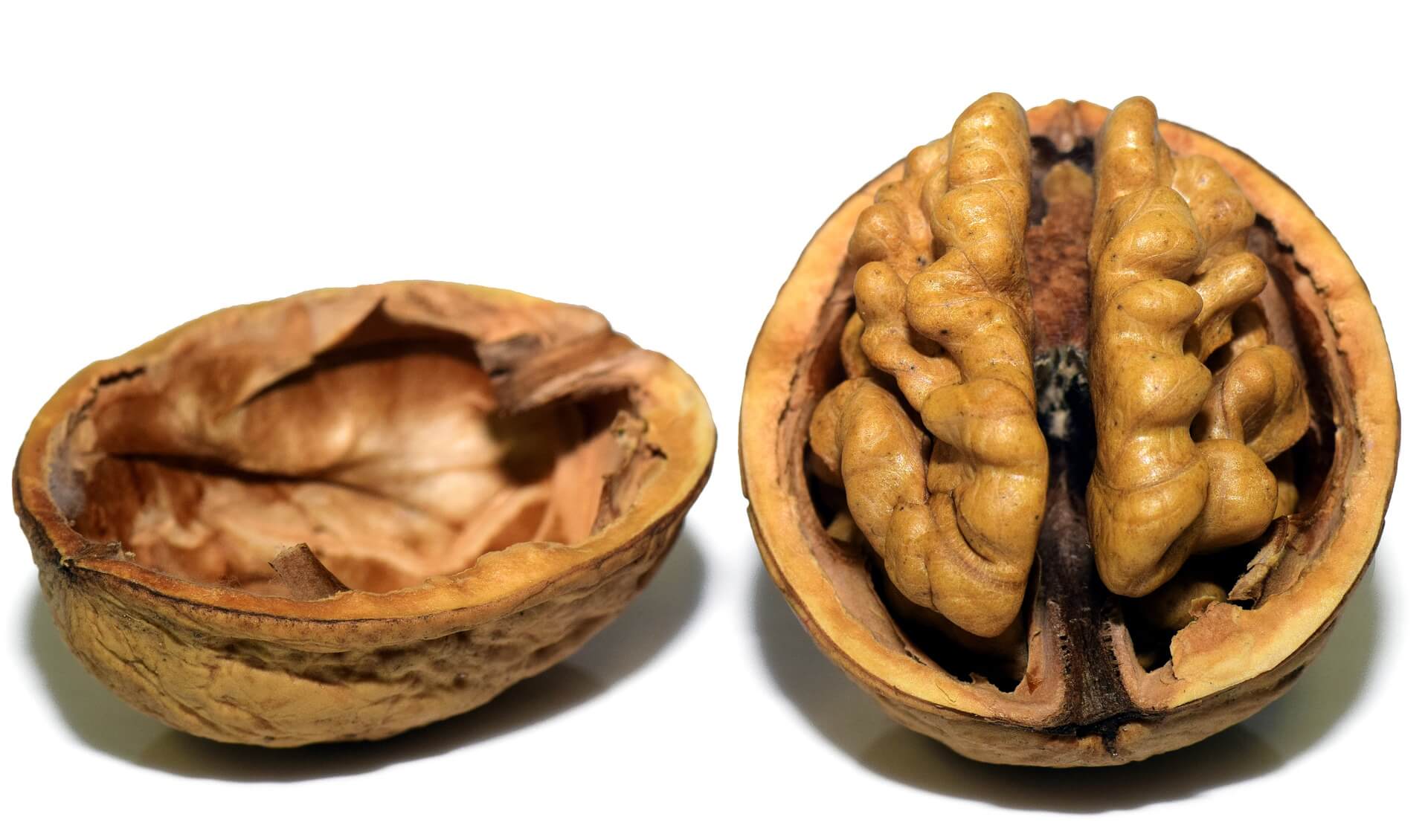
Walnuts contain over 10 antioxidant phytonutrients, polyphenols, and the greatest concentration of plant-based omega-3 fatty acids. This triple threat works together to combat this ailment. One ounce of chopped walnuts has 173 calories, 17 grams of fat, 3 grams of carbs, 0 grams of sugar, and 7 grams of protein.
Walnuts are a hearty, meaty nut that is available at grocery stores and farmer’s markets alike. Their flavor is mellow and makes a great addition to yogurt, baked goods, salad topping, or protein boost in side dishes like wild rice. However, they can be a little pricey like other nuts, and the costs can fluctuate depending on the season.
Dark Chocolate

It’s official; chocolate has good health and anti-inflammatory benefits. Often overlooked but very beneficial, you can try dark chocolate. A bar of 70 percent or higher chocolate is packed with anti-oxidants. Although for chocolate fans, this is excellent news. You can speed up the beneficial process by eating a few slices of freshly sliced apple with the chocolate, which will hasten the probiotic process, giving you faster benefits.
Chocolate is really nutritional; the gut microbes convert it into healthy compounds that work together to inhibit genes that close down inflammation and insulin resistance. So be sure to purchase the correct chocolate, choose a nutritious bar with over 70% cocoa content.
Most people like the taste of chocolate; the purer version of chocolate bars is an acquired taste, but they are chocolate, and they taste good. In terms of practical, it seems sound to enjoy eating chocolate while gaining health benefits for the heart and throughout the body. Try to find a person that will be against eating chocolate for health benefits…
Beets
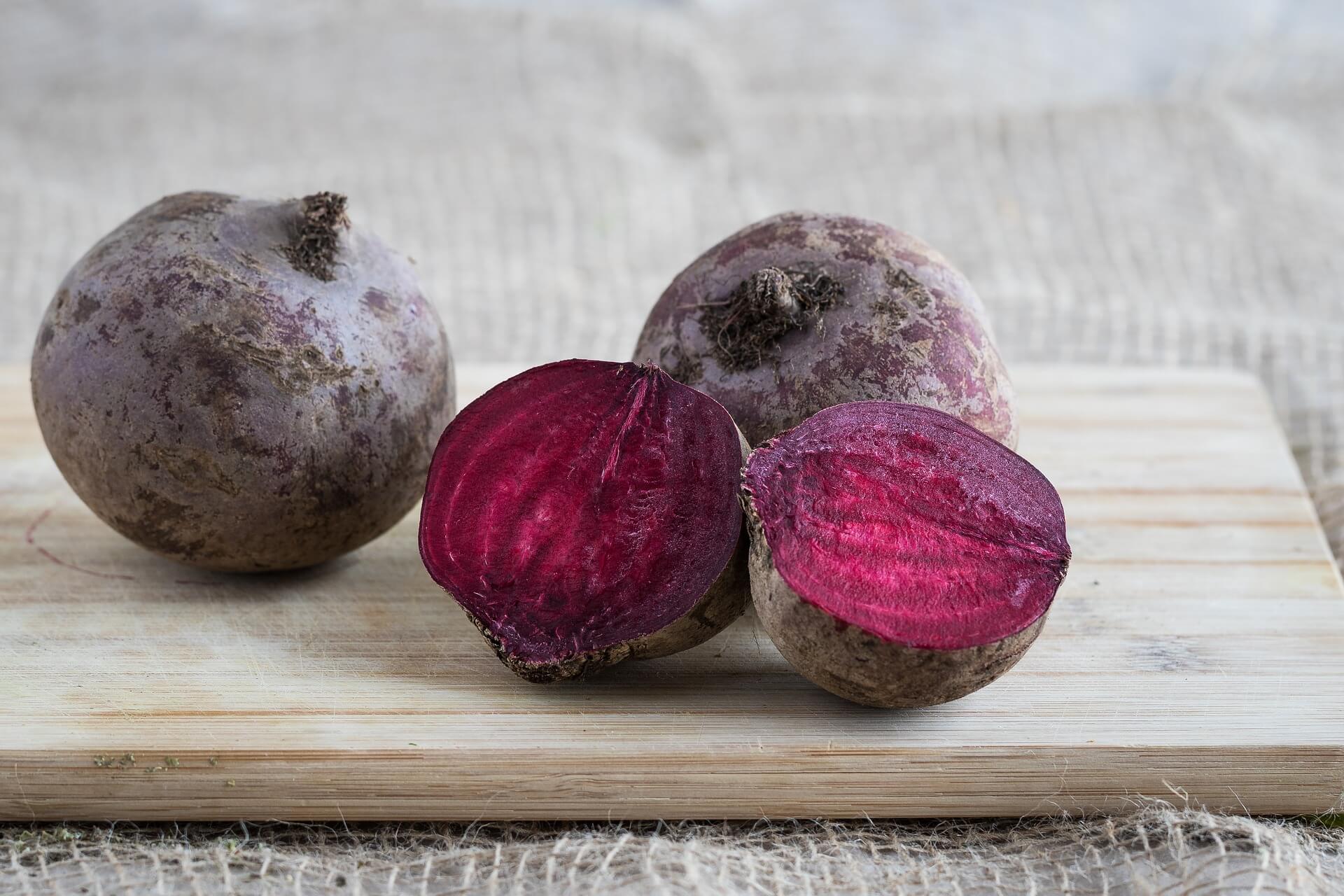
Beets may not be a favorite among many, but if you learn to prepare them properly, you will learn to love them. They are high in antioxidants and many other nutrients that protect and treat inflammation and improve your overall health.
Beets are rich in Ascorbic Acid, Cartenoids, and Flavonoids. They also are a source of betalain pigments, which fight inflammation as well as boost your metabolism. Beets are also rich in betaine, an amino acid that also helps fight inflammation and stress.
Beets can easily be cooked in a variety of different ways to best suit your tastes. While many don’t love their earthy taste, they do become used to them over time.
Fatty Fish
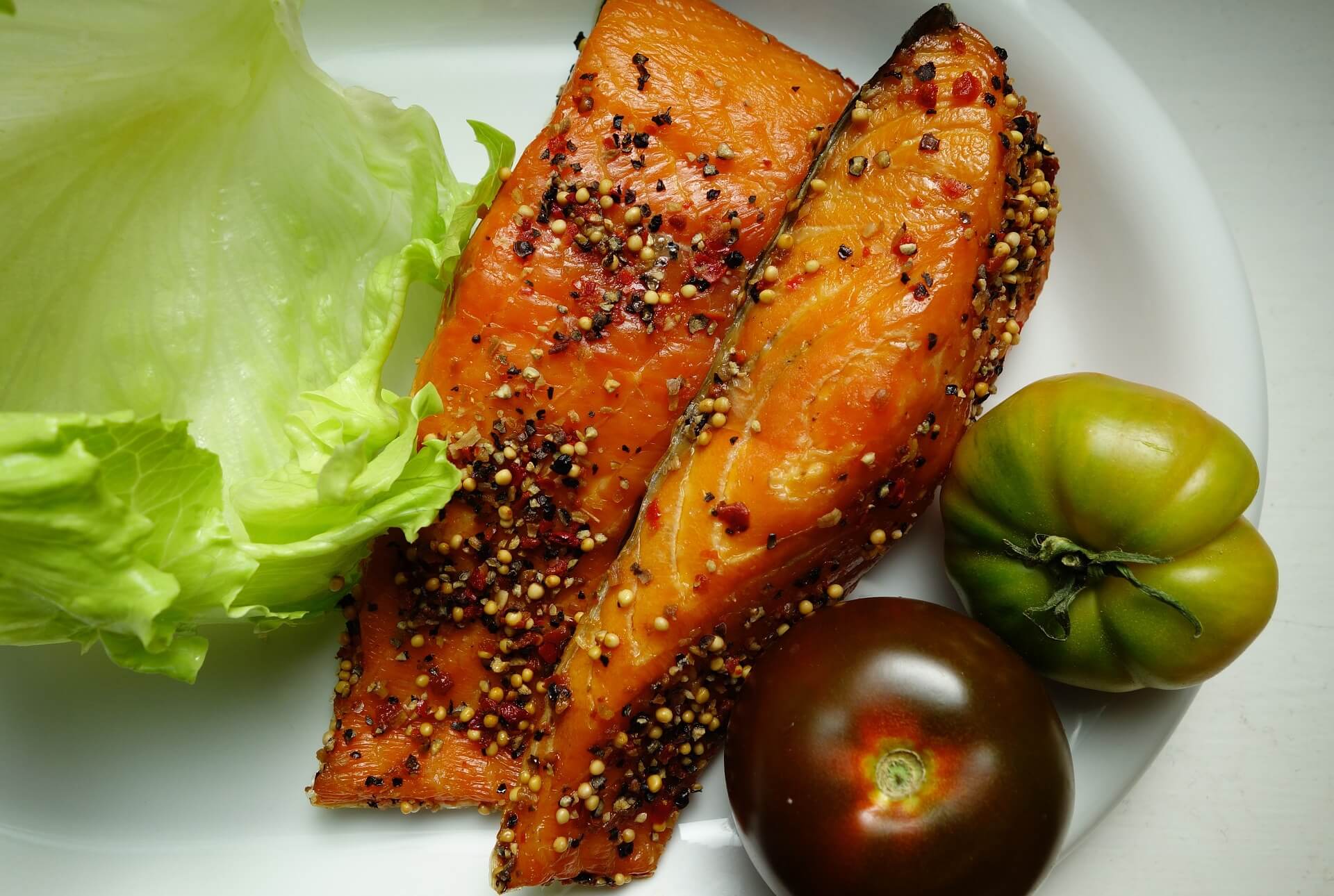
Like salmon, tuna, and trout, Oily fish are loaded with omega-6 and omega-3 fatty acids. These fatty acids increase the production of eicosapentaenoic acid in the body, which helps battle all types of inflammation, including related to diseases like arthritis, IBD, and cardiovascular disease. One 3-ounce serving of salmon has 175 calories, 10 grams of fat, 0 carbs, 0 sugar, and 19 grams of protein.
Fish is one of those foods you either love or hate. If you enjoy fish like salmon and tuna, you can easily reap the anti-inflammatory benefits of their fatty acids by making these a regular part of your diet. If you aren’t sure you like to fish, try experimenting with a few different varieties and see if any tickle your taste buds. Another option is to take fish oil supplements, as only 1/5 of a tsp. of fish oil is needed to reap the benefits. Seafood of any variety, including fatty fish, can be a bit pricey. Try buying fish when it is on sale or at a bulk retailer like Costco or Sam’s Club.
Red Peppers
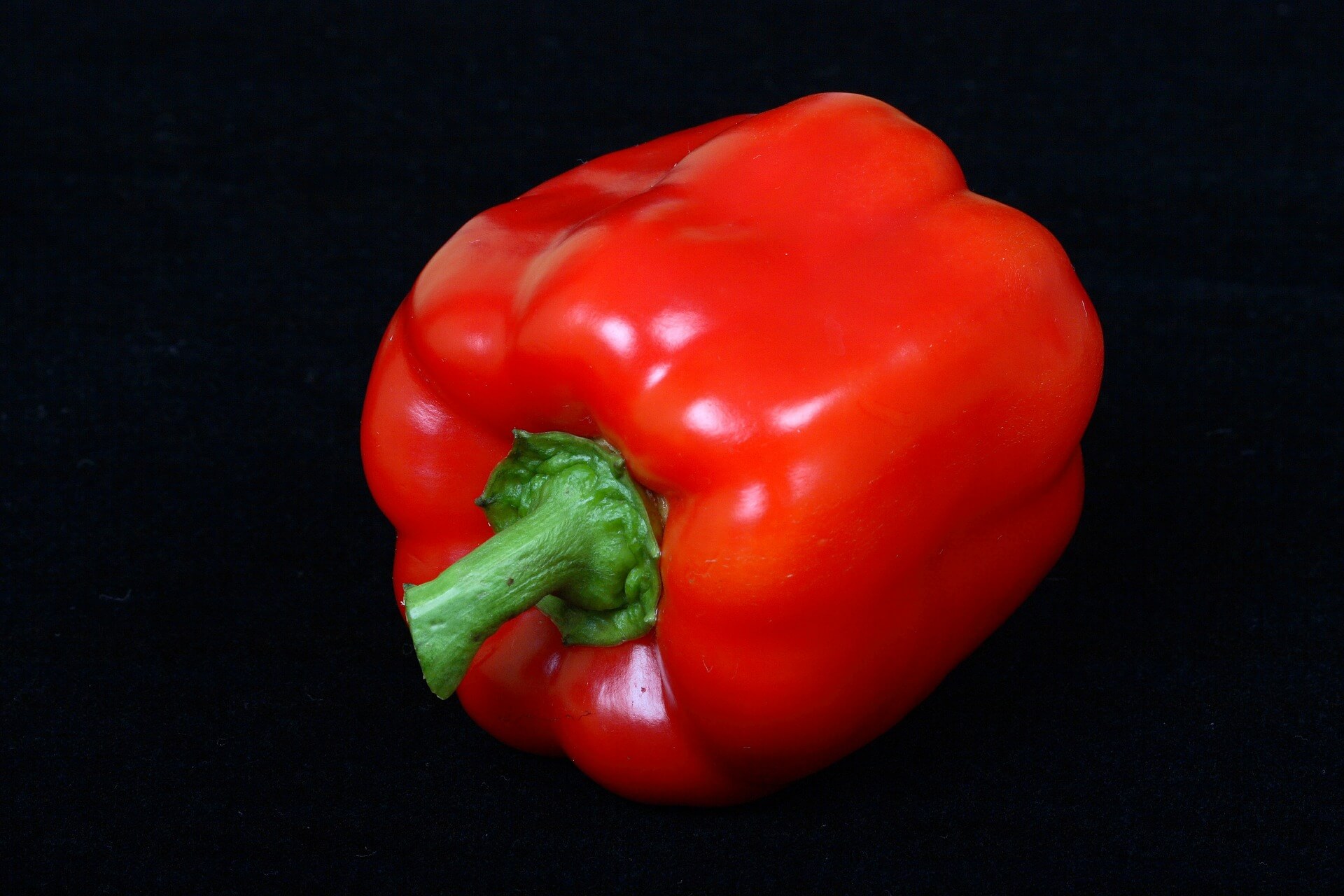
Red peppers are in the super-food league; they contain a very high amount of the right bio-marker reduction vitamin and other compounds (read on to know more), and that’s why red peppers storm to the top group of anti-inflammatory properties. In addition, they look nice, taste good, and are good for you; the recipes in which you include red peppers are extensive and allow you to consume this beneficial food in many ways.
Nutritional content is impressive, contains bioflavonoids-beta carotene, luteolin, quercetin which are all about anti-inflammatory properties. Mast cell stabilization through active quercetin is beneficial for decreasing the number of cells reacting to allergens through producing histamine.
What’s not to like? They’re tasty and good in a broad range of dishes or even blended drinks, a practical addition to all sorts of foods or liquids. Peppers are super affordable and easily available at all grocery stores.
Olive Oil
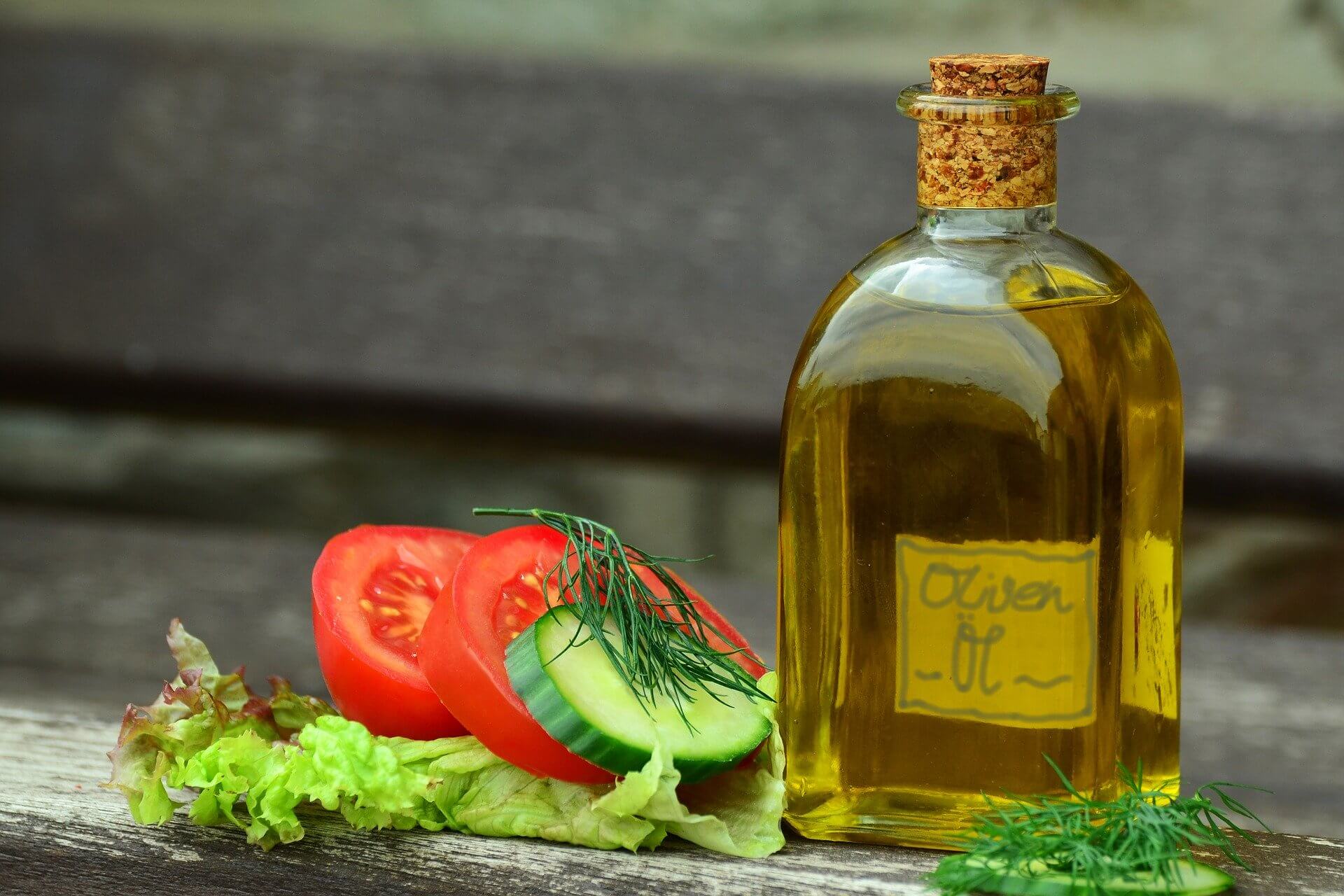
Olive oil is easy to find in any grocery store. And it is so versatile that you can even use it as a makeup remover, don’t believe us; just give it a go. Aside from keeping you looking fresh and not mascara smudged, you will be happy to note that olive oil is also very useful in gaining access to antioxidants.
Olive oil is highly nutritious in many ways; however, it really shines with its antioxidant amount, which is 10 percent less than the notorious Ibuprofen (according to studies).
Olive oil is an effective agent to fight against cancer, Type II diabetes, it may help prevent stroke, and it helps strengthen your heart. Amazingly, it has been linked to reducing the risk of Alzheimer’s and mental illness. Depending on the brand you get, olive oil can be expensive. You want to get extra virgin olive oil, which tends to be a little more.
Ginger
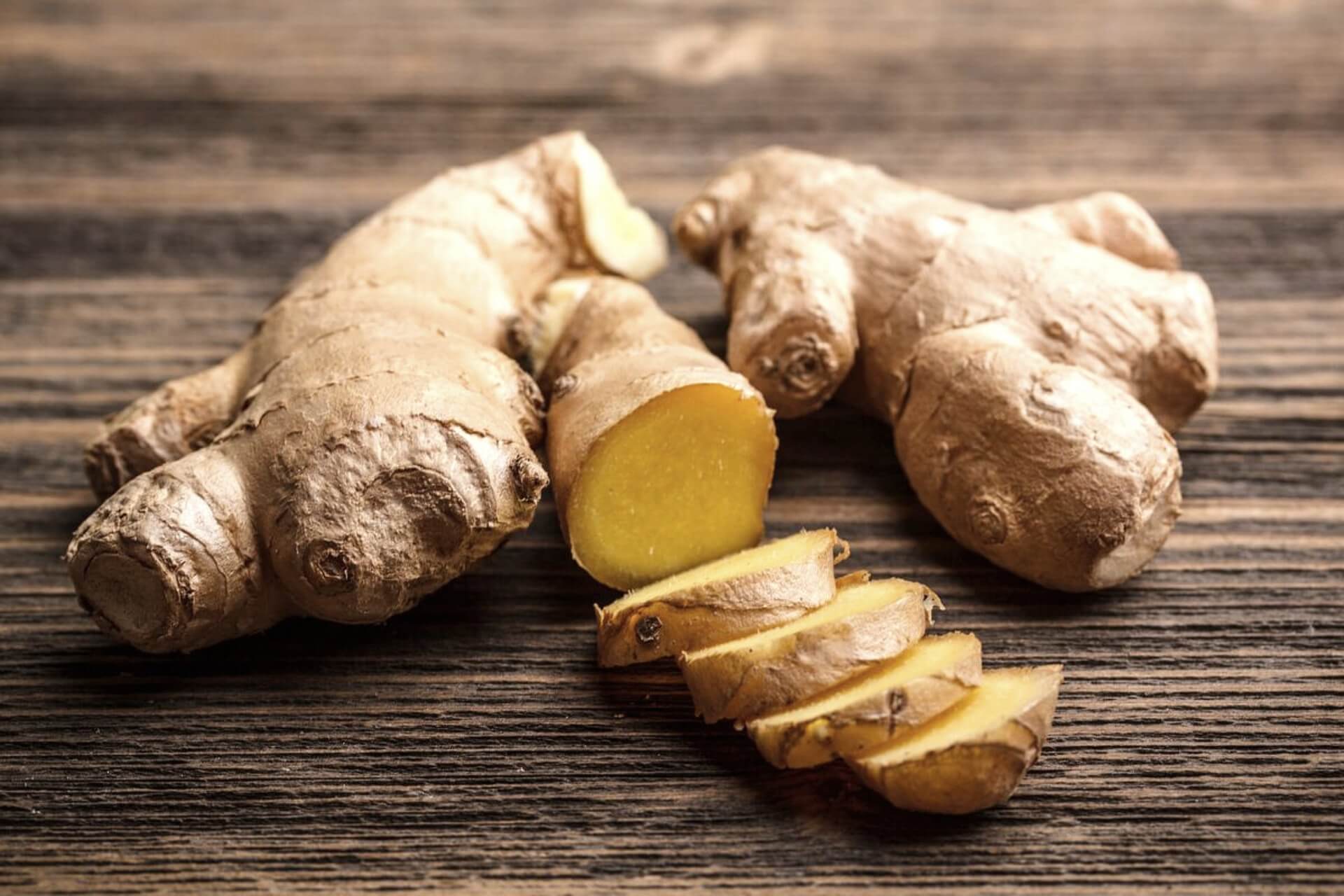
A historical tried and tested favorite, ginger has antioxidants. Anti-bacterial, anti-disease, and anti-inflammatory known properties. It works naturally through nature’s way by blocking enzymes and genes in the body, which promote inflammation.
Testing has proven that ginger contains essential oils and beneficial compounds which will inhibit inflammation and the swelling of joints. The resulting health benefits are also attributed to the gingerols found in ginger because they are anti-inflammatory.
It’s difficult to find a person who does not appreciate the taste of ginger, it can be used in meals, soups, and hot drinks and really does taste refreshing. Ginger is not generally expensive; it’s tasty and easy to prepare and a good value for the money.
Tea
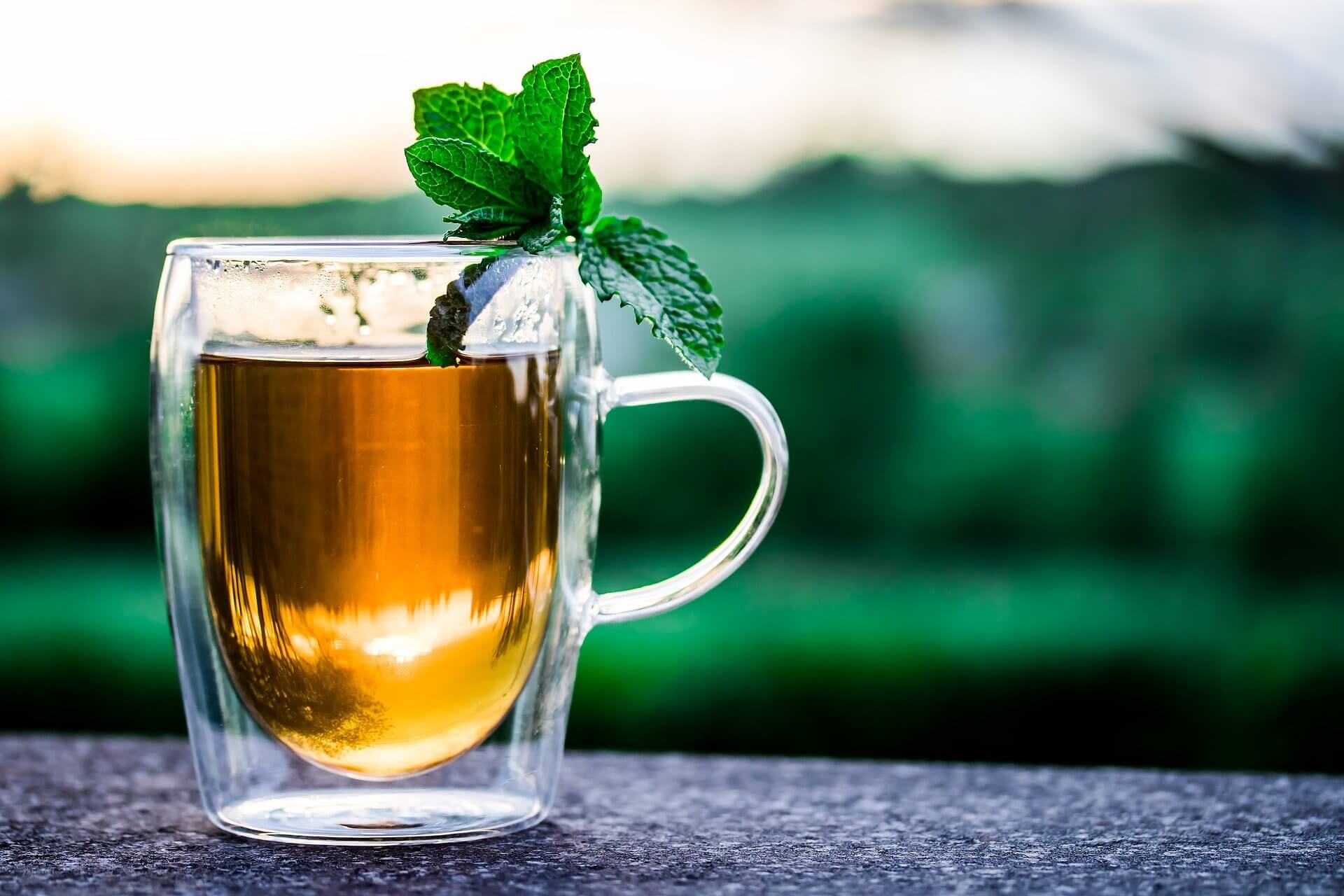
Green, white, and black teas don’t just give you a caffeine boost, but they are also chock full of catechins. This polyphenol is found in the Camellia plant, the leaves used to make tea, and is rich in antioxidants, which help fight inflammation. Eight ounces of brewed black tea has 2 calories and zero fat, carbs, sugars, or protein.
Everyone has their own tea preference, so sip on your favorite and reap the benefits. You can get tea anywhere, whether you make it at home or grab it on the go. Try making a smoothie with tea or replacing one of the (many) cups of coffee your drink in the morning with a cup of tea. The cost of tea will vary depending on the brand or café from which you purchase it.
Turmeric

Little known but highly beneficial, people are cottoning on to the benefits of Turmeric. This superfood deters the activation of inflamed pathways by shutting off the production of 2 key inflammatory producing enzymes, both 5-LOX and COX-2. As a result, this food source has beneficial health results for heart disease, liver damage, cognitive decline, and eases inflamed joints.
Turmeric has a good amount of nutritional value and can give health benefits for liver problems, inflammation, heart benefits, and cognitive decline. You get health benefits from this plant’s brighter yellow and orange powder version, which can be tasty when blended into meals.
Easy and practical to add/blend into a wide variety of meals and known to enhance the taste level of meals. It’s not super expensive though you may need to shop around to find it.
What You Should Know About Anti-Inflammatory Foods
Inflammation is not always a bad thing. It can be a physical sign that lets us know something in our bodies is off and needs attention, or what we or doing or exposing ourselves to needs to be adjusted. Especially for us runners, acute inflammation will help our blisters, scrapes, and other “battle wounds” heal while keeping them from harmful infections. However, it is when these inflammations become prolonged that we should start to be concerned. The easiest way to make sure chronic inflammation isn’t in your future is simply by incorporating more of the foods on this list into your regular diet. Below are the metrics we used to measure which foods made the cut.
Nutritional Content
As athletes, we care about our overall health and wellness, and many of us pay special attention to how our diets can affect (both positively and negatively) our training. These days, many runners are experimenting with a variety of diet approaches to see what gives them the most energy, aids in recovery, and just overall works best for them. This is true especially for athletes who are combatting acute inflammation in some form. Luckily, the foods on this list can be easily incorporated into many nutritional plans, so reducing inflammation can be something even runners and athletes with very particular diets can do.
Athletes also need sufficient calorie intake to sustain their workouts and everyday lives, but they also have to be mindful of their portions and intake. After all, “you can’t outrun a bad diet!” Therefore, the foods on this list are nutritionally versatile and provide a lot of different macronutrients and micronutrients, but are not so calorically dense that they couldn’t be easily fit into your everyday lifestyle or that they would have to be saved for a “cheat meal.” (In fact, nothing on this list is over 300 calories for the standard, suggested serving size!)
Nutritionally versatile foods are those foods that are not only a good source of one singular micro or macronutrient but have multiple nutritional benefits. The foods on this list are nutritionally versatile in that they not only aid in decreasing inflammation but might be a good source of carbohydrates, fats, and/or proteins and chock full of vitamins, minerals, and antioxidants.
Take walnuts for an example- they, like many other types of tree nuts, are excellent sources of “good fats” like Omega 3’s, polyunsaturated fats, and monounsaturated fats. However, they also provide a hefty protein and contain fiber and lots of B and E vitamins. While nutritionally versatile, walnuts do err on the side of being calorie-dense, as 30 grams (1 ounce) have 190 calories. But that’s okay! Like we said before and is true with any food: just be mindful of your portions and serving sizes.
Taste
While nutrition is important, you certainly don’t want to sacrifice taste for health. As athletes, we put ourselves through a lot. We face physical challenges and push our limits all the time. We are used to being uncomfortable; we know pushing ourselves outside of our comfort zones leads to better athletes. So just about the last thing we want after a seriously intense workout is a bad-tasting recovery meal!
While some of the foods on this list may be considered more of an “acquired taste” (i.e., not everyone is a fan of fish, and sometimes it just takes some time to develop an affinity and the tastebuds for certain foods), none of them are foods that really get a “bad rap” across the greater population (except for maybe kale, which many complain about being too bitter).
Consider your personal preferences and if you tend to be a picky eater. (Likewise, if you plan to serve others these foods, you should consider their personal taste preferences, especially kids). Even if you ARE a picky eater and don’t have a very developed palette, many of the foods on our list can be manipulated with different preparation and cooking methods. With the addition of various seasonings, oils, and butter, you can easily change the taste to fit your preferences better.
Broccoli and sweet potatoes are great examples of this. Broccoli served alone, cold, and raw might not be the most appetizing food. But drizzled with olive oil (also on this list!) sprinkled with a bit of salt, pepper, and some Parmesan cheese, and then roasted in the oven, your bland broccoli becomes a side dish that everyone can enjoy!
The same goes for sweet potatoes – just think about that delicious sweet potato casserole your grandma’s serves every Christmas. Even if it’s not the holiday season, a little cinnamon, brown sugar, and a pat of butter go a long way to doctor up a plain baked sweet potato!
Value
Whether you’re single, married, or raising a family, saving money and sticking to a budget is important. Groceries are one place that is definitely essential, but it’s always nice to stretch your dollar as far as it will go. That’s why we took into account price and overall value when we compiled this list.
The first component of value is obviously price – how expensive or inexpensive is the food relative to competing foods that are similar? The foods on our list are relatively low to moderately priced, especially when set against the broader landscape of like foods.
For example, buying salmon weekly might not be an economical choice for some folks, especially if they’re purchasing wild-caught Alaskan salmon from the fishmonger at their local specialty foods store. However, compared to other types of fish and seafood, salmon is actually one of the more inexpensive options and is even more so when you buy it in bulk.
In fact, buying in bulk is another factor to consider when you consider a food’s value. If you have enough freezer/refrigerator and storage space to stow extra food, opt to buy foods sold in bulk to have a cheaper cost per serving. (Nuts and seeds are great to buy in bulk because they are commonly found sold in bulk bins, and they have a longer shelf life than other foods and can be stored in your freezer for up to two years.)
Another component when evaluating prices is the consider where you live. Fruits and vegetable prices can fluctuate significantly during non-peak season times, so if you live in a colder area, you might be paying way more than you normally would get avocados and strawberries in January. When you can, buy foods that are in season to save money.
Also, consider how much use you will get out of a serving. For instance, olive oil (and other types of cooking oils) can be expensive, especially when bought at specialty stores. However, a little goes a long way! Just a tablespoon can be enough to coat your entire family’s Wednesday night brussel sprout side dish. Foods that “go further” are a better purchase than ones that don’t.
Practicality
Finding foods that fit practically into your daily routine and lifestyle are huge. Our list of best anti-inflammatory foods consists of foods that are a practical solution for a weeknight meal or midday snack when you are juggling meetings, paperwork, class assignments, your kids’ soccer practices, and carpool duties, all on top of a rigorous marathon-training schedule.
We have found foods that are easy to prepare, easy to cook (even for those of us who definitely aren’t the next Wolfgang Puck), and easy to transport from your home to the gym to the office. Most of these foods can be assembled and prepped during your weekly meal prep for added convenience and to speed up your morning routine.
For example, throw a serving of nuts and fruits into individual baggies for a quick and immediate snack during the week, cut and roast a pan of broccoli and sweet potatoes and store in the fridge for an already-made side dish, and even brew a big pitcher of tea to keep in the fridge for a delicious, antioxidant-rich anti-inflammatory drink.
Versatility is another factor to consider when thinking about foods that are a practical option for you and your family. This means versatility in the ways and methods you prepare it, the variety of different recipes it can be used in, and if it can be served at multiple meals throughout the week. For example, salmon cooks super quickly, and you can have a hearty dinner on the table in under twenty minutes.
But if you want to slow things down and enjoy a more gourmet-style Saturday night date at home, it’s also the perfect protein to top off a decadent plate of creamy pasta (and pairs great with a dry Pinot Noir!)
It’s also important to think about practicality regarding what is (and isn’t) sold at your nearby grocery store. Again, going back to what we mentioned in the value section, you should consider if you live in a climate that will be able to sell these items fresh on a regular or even seasonal basis. Even more practical than finding it at the supermarket, though, is growing or cultivating it yourself!
While most people aren’t going to be able to harvest and sustainable catch their own salmon, if you have space, environment, and time to grow your own berries, fruits, nuts, and veggies, then go for it! Not only does this help make your daily or weekly grocery- or market-run routine easier and more convenient, but you’ll also cut way down on cost.
Some Questions Worth Asking First
Is your inflammation acute or chronic?
Inflammation is your body’s defense mechanism against toxins and infections. It is your immune system’s way of responding to a harmful invader and helping you heal quickly. So when you have an ingrown toenail, for instance, you might experience some swelling and redness (aka inflammation) as a way to stop the spread of infection.
Relief can come in the form of an antibacterial/antibiotic to kill the infection, and then the foods on this list will help calm the symptoms of inflammation. This acute inflammation is the body’s initial reaction to pathogens and invaders.
However, chronic inflammation, or inflammation that has been prolonged, means that your body has been on “high alert” for a longer amount of time than it’s used to. When this occurs, the body is in “overdrive” and producing an excessive amount of inflammatory cells, leading to plaque build-up in the arteries and an increased risk of heart attack or stroke.
Chronic inflammation also alerts you to a more serious issue at hand and plays a role in almost every major disease. Therefore, you should be aware of what type of inflammation you are experiencing and be able to pinpoint what is causing it.
Do you have any dietary restrictions or food allergies?
If you are trying to stick to a certain diet (paleo, Whole30, keto, etc.) or have any sort of health-related food aversions or allergies, then you should be mindful of which foods on the list fit your needs and health goals. The majority of these anti-inflammatory foods are plant-based products and will fit easily into a vegan and vegetarian lifestyle (with the one exception obviously being salmon). In addition, be aware of any allergies you have before trying new foods.
For example, those with nut allergies will obviously want to stay away from walnuts, and those individuals suffering from Phenylketonuria or PKU should avoid the foods on this list that are high in protein (fish, nuts, legumes, etc.) and eat other lower sources of protein in very moderate amounts (i.e., broccoli).
If you’ve recently taken up a new diet approach such as the Paleo diet or a low FODMAP diet, always consult the “approved list of foods” for your diet (but also always talk to a doctor before you start any sort of diet plan!). If you are pregnant or breastfeeding, you’ll also have different nutritional and dietary considerations to take into account.
Anti-inflammatory foods have been known to help lower the risk of developing preeclampsia during pregnancy; just be sure to avoid foods in their raw form, and opt to steam, bake, or roast most of your foods, including your veggies.
Are you menopausal?
Sorry if this seems uncomfortably close-and-personal, but inflammation is largely controlled naturally by the body by sex hormones: in women, primarily progesterone and estrogen. However, during menopause, the amount of these hormones declines significantly, resulting in inflammatory markers increasing.
Widespread in post-menopausal women is inflammation around joints and bones, leading to arthritis and arthritic symptoms. So if you are menopausal or post-menopausal, consider trying to right any hormonal imbalances you are experiencing in addition to a diet rich in anti-inflammatory foods.
Who else are you feeding?
If you are cooking for roommates, a significant other, or a family, you have to be mindful of others’ taste preferences and general pickiness around food. It is always best to know of any allergies or food aversions that your guests may have, and be careful about which teas you brew as they may contain more caffeine than some people need or want (like small children). Kids can be tough to please and might be wary of trying a new meal with unfamiliar ingredients.
Consider slowly incorporating these anti-inflammatory foods into your routine little by little, and experiment with serving them up in unique and different ways (i.e., adding ground hemp seeds into a delicious No-Bake Protein Oatmeal Energy Ball like the one found here can be a fun way to disguise healthy and nutritious as a yummy treat).
Where do you live?
Know your grocery store. It might sound like a mundane chore to add to your already never-ending to-do list, but it’s a worthwhile investment of your time to spend a few hours just carefully roaming your grocery store(s) to know what kinds and brands of foods are sold. You might live in a rural area that doesn’t sell some of the foods on this list, especially if you don’t have a conveniently located specialty health foods store nearby.
(For example, hemp seeds might be difficult to find at a typical grocery store, and so can fresh salmon.) You should also consider where you live in terms of weather, seasons, and climate.
If you want to buy the freshest produce, it is advised to stick to the currently in-season fruits and vegetables. For some, that, fortunately, means fresh berries, ripe avocados, and bountiful kale bunches are plentiful and readily available most months of the year. For most, though, these foods are really only at their peak 3-6 months of the year.
Luckily, there are plenty of foods on this list that are practically available year-round (walnuts, oils, and teas) to help you out when fresh produce is harder to come by. (You might also consider stocking up while things are in-season and then freezing them for later use.)
FAQ
Q. What exactly is inflammation?
Inflammation is the response your body tissue produces when harmful stimuli are present, such as irritants, damaged cells, or pathogens. It’s actually a GOOD thing. It is a protective response of the immune system. It involves immune cells, red blood cells, and molecular mediators that trap outside invaders and keep them maintained and from spreading.
Essentially, inflammation is your body’s way of trying to protect and repair itself. Inflammation becomes a problem, though, when prolonged for an extended period of time (i.e., too much of a good thing becomes a bad thing). Autoimmune diseases cause such problems because they trigger anti-inflammatory markers when there actually isn’t any virus, bacteria, or invader. So these anti-inflammatory markers start to attack vital bodily tissues.

Q. What causes inflammation?
Several causes of inflammation exist. Some of them may be simply what we are eating (for more information on that, see below). Other causes can be environmental as well as psychological. When we live or work in environments that expose us to harmful chemicals, pollutions, or allergens, we are at increased risk of developing inflammation (as our body’s defense mechanism against these harmful products). It’s also important to know the quality of the water your drink and shower with, as that can contribute to inflammation.
Psychologically, an increase in our body’s levels of cortisol may lead to inflammation. However, while inflammation helps our flight-or-fight response and reaction times in potentially dangerous or harmful situations, it also produces a high cortisol level, a stress hormone. Cortisol helps regulate our immune systems, but our immune systems can only hold on for so long before we crash when we become overly stressed.
Biologically speaking, inflammation occurs when something harmful tries to enter the body (a virus, bacteria, or disease.) Inflammation is our body’s biological defense response and a form of self-protection to remove the harmful invader. In short, our white blood cells are released and sent to the affected area to increase blood flow and healing/repair time. It is initially a beneficial response but is also self-perpetuating, so it becomes problematic when more inflammation is created because of the already-existing inflammation in our bodies.
Q. Where does inflammation occur?
Inflammation can occur in any area of your body that has been injured or has become infected. Inflammation can be external, like around a cut, or internal, like swelling around a knee injury.
Q. How does inflammation affect the body?
Like we’ve mentioned, inflammation can be both good and bad biological responses. On the positive side, inflammation helps fight infection, provides you with a signal that something is wrong with your body, and is responsible for the “fight or flight” mentality that gets us through traumatic or dangerous situations.
However, inflammation also has a negative side. If your body is producing anti-inflammatory markers to help fight an infection that actually can’t be treated with increased white blood cell counts and blood flow (i.e., cancers, arthritis, Alzheimer’s, etc.), then your body will just continue to produce anti-inflammatory markers at a surplus (aka chronic inflammation). This can be detrimental as more and more plaque starts to build up within your arteries. Subsequently, then, you may be at a higher risk for heart attack or stroke.
Q. What do anti-inflammatory foods do?
Anti-inflammatory foods are packed with nutrients, like omega-3 fatty acids, that help your body fight inflammation from the inside out. Additionally, anti-inflammatory diets are generally composed of fresh, unprocessed foods that balance healthy fats, carbohydrates, and protein. The result is a well-balanced, more holistic diet.
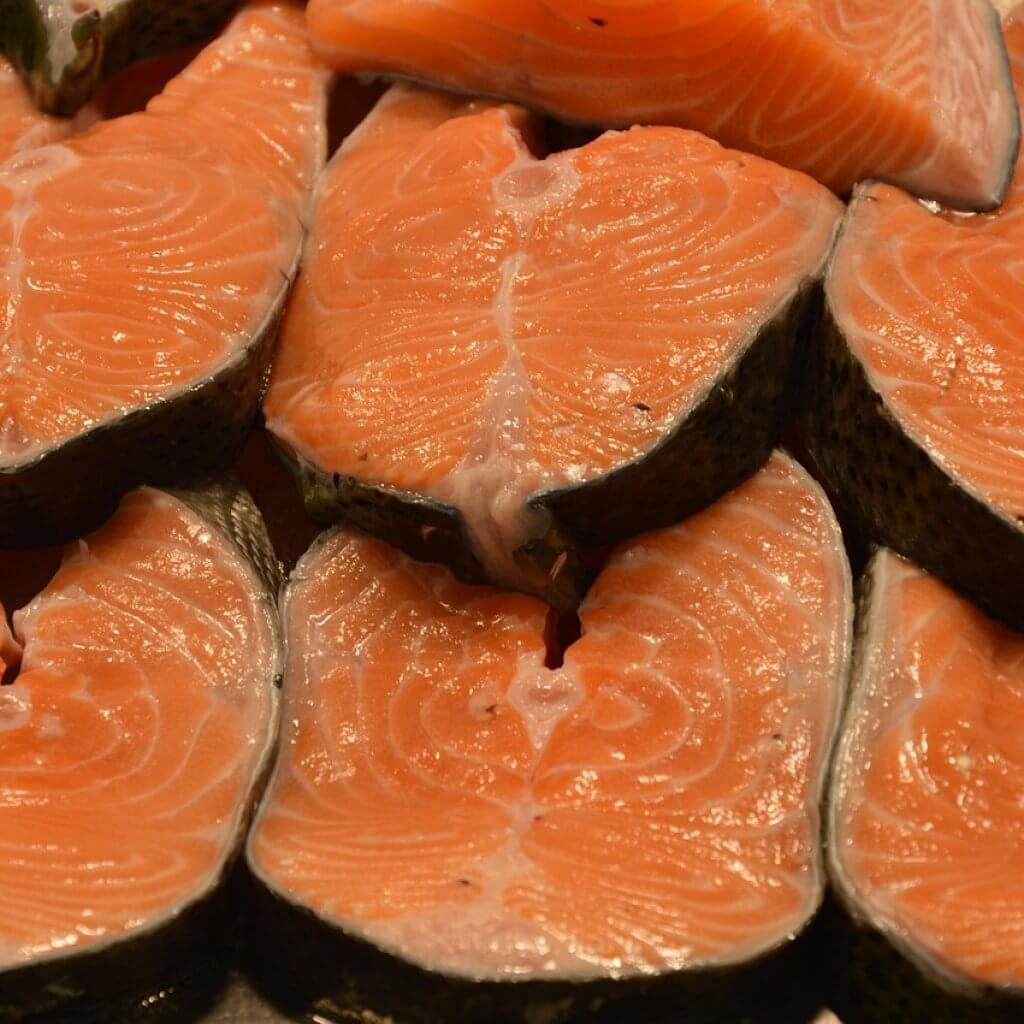
Q. What foods cause inflammation?
For the most part, it’s easy to identify the foods that cause inflammation because they are comprised largely of what has recently been deemed “bad foods:” foods high in hydrogenated oils and trans fats, sugar, and salt (or are prepared using any of these ingredients, like deep-fried foods). Studies also show that certain animal products like red meat and some dairy may contribute to inflammation and gluten products and alcohol.
It is important to note that, as we age, we may become more and more susceptible to inflammation caused by foods. Foods that used not to bother us when we were younger may trigger indigestion symptoms or guard our immune systems as we age. This is particularly true for dairy and wheat foods and helps explain the recent rise in gluten intolerance among many individuals.
Sources
- , Does Inflammation Harm Your Health, WebMD Women's Health Information
- , 11 Incredible Benefits of Walnuts, Organic Foods Health Article
- , Why You Should Pay Attention to Chronic Inflammation, Cleveland Clinic Health Article
- , Anti-Inflammatory Diet for Pregnancy, Blog Post
- , Menopause, Inflammation, and Joint Pain, The Australian Menopause Centre Health Article
- , All About Inflammation, WebMD Informational Health Article
- , Inflammation: Causes, Symptoms, and Treatments, Medical News Today Health Article
- , Causes of Inflammation, Women to Women Informational Health Article
Latest Articles
 Is Running on a Treadmill Easier Than Running Outside?Runners have their own preferences, whether it is treadmill running, running outside on the road, or exploring trails. So...
Is Running on a Treadmill Easier Than Running Outside?Runners have their own preferences, whether it is treadmill running, running outside on the road, or exploring trails. So... Is It OK to Use Trail Running Shoes on the Road?While trail running shoes can be used on roads, especially in situations where a runner encounters mixed terrains or pref...
Is It OK to Use Trail Running Shoes on the Road?While trail running shoes can be used on roads, especially in situations where a runner encounters mixed terrains or pref... How to Fix Sore Quads After Running?Rest, ice, gentle stretching, and over-the-counter pain relievers can help soothe sore quads after running. Also, ensure ...
How to Fix Sore Quads After Running?Rest, ice, gentle stretching, and over-the-counter pain relievers can help soothe sore quads after running. Also, ensure ... 10 Fruits With The Most Electrolytes to Replace Sports DrinksThese fruits are high in electrolytes such as potassium, magnesium, and calcium, essential for hydration, muscle function...
10 Fruits With The Most Electrolytes to Replace Sports DrinksThese fruits are high in electrolytes such as potassium, magnesium, and calcium, essential for hydration, muscle function...

